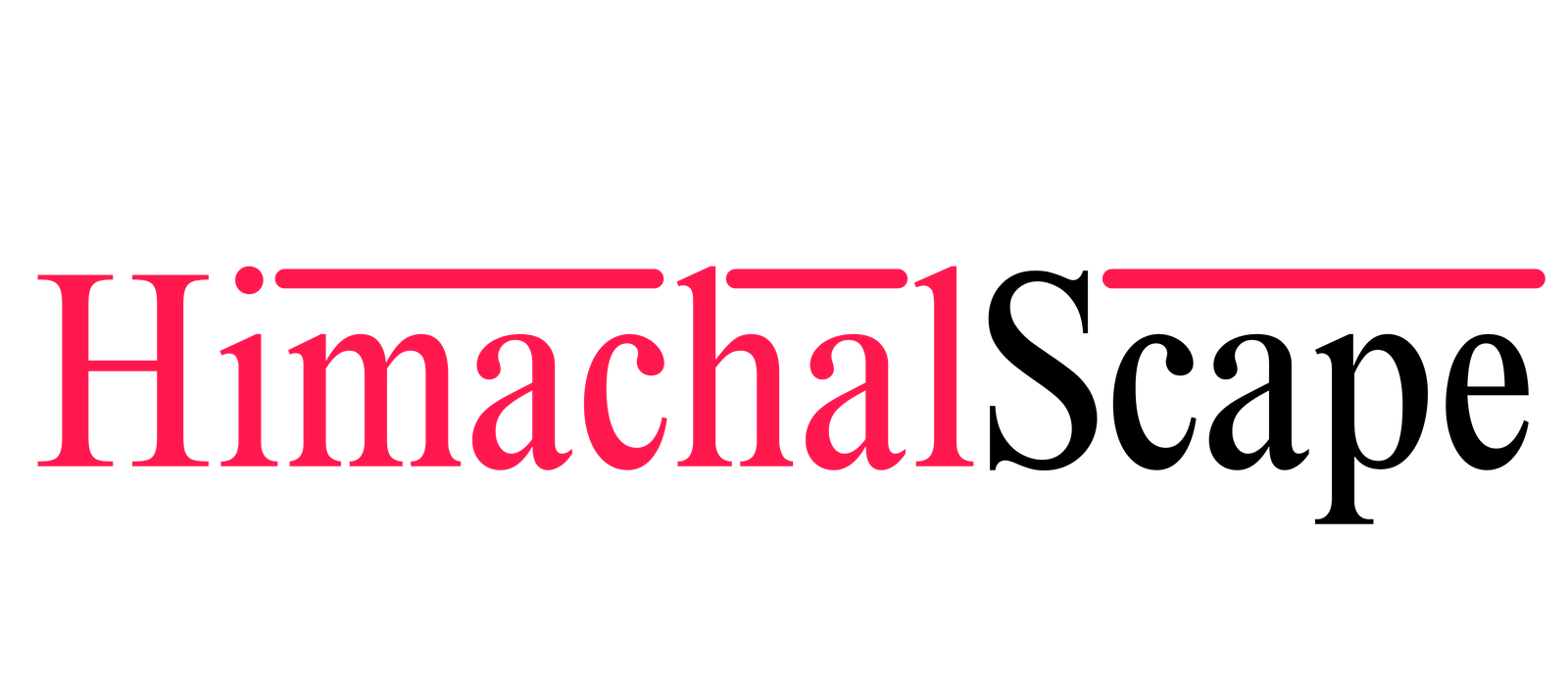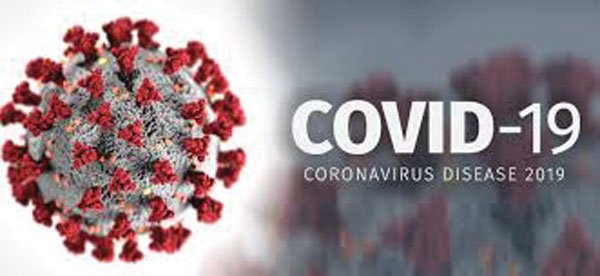As I entered the territory of Himachal Pradesh on Friday, March 20, 2020 the driver who drove me from Parwanu to Shimla said, “People of the state are praying to Bhima Kali(local deity), Sarahan in Shimla district and to many other local deities to impress on them to save them(people) from the wrath of Covid-19.” At the first instance, I thought of ridiculing the idea of such a thought as world over people are getting closer to science and scientific values and are determined to build a concerted fight. But then, later the idea of using the deities to spread these scientific values can be a strong bulwark to convince people to at least accept two things: firstly, to keep social distance and maintain personal hygiene and secondly, to not to come out of their houses during the period of lockdown.
The Himachal state so far has witnessed three positive cases of Covid-19 and all of them have been in Kangra district. Since the lockdown period, not a single positive case is reported in the state. We all hope that the trend continues and the state is spared from the virus attack.
However at the global level the situation is precarious. The Covid-19 has spread out to nearly 199 countries and regions and infected over 600,000 people claiming over 27,500 lives. The sheer number of infections and the compounding deaths present a scary picture of the impact of Covid-19 . Rich, poor, first, second or the third world every nook is affected by the deadly virus. Whereas, there are reports of some improvement in Wuhan, the city where the Covid-19 virus was first detected, and claimed more than 4000 lives, as no new cases are being reported; there is also a more concerted and coordinated effort now seen in the global order. The US is speaking to the Chinese, the Cubans and the Chinese have sent their doctors to Italy, there was a conference between the SAARC nations to discuss the challenges in the South Asian region. These are positive developments and soon the world community may be out with a vaccine to counter the virus; there are concerted efforts conjointly between nations and groups of scientific communities.
Coming back to the state of Himachal Pradesh, which has a strong social infrastructure in relation to other states of the country, thanks to the developmental trajectory laid out by Doctor Yashwant Singh Parmar, the first chief minister of the state; this was further strengthened till the early 90s. Even in the remotest region of the state, one can find a school and a health centre. The present state government must weave its strategy of combating the Covid-19 by strengthening the existent structure in the state. There are 2,067 sub-centres, 473 primary health centres, 76 community health centres, 15 major hospitals and five medical colleges.
However, there are reports that some of the hospitals in the state are not even having the basic PPE kits (personal protective equipment kits). This can prove to be a major disaster for the front liners dealing with the Covid-19 intervention. Not to reiterate the point that out of total infected persons because of the virus, 20 per cent are the health workers. The government has no other option, but to ensure that the basic gears like masks, sanitizers, etc., are purchased in adequate quantity to meet the challenge. The government must not rely either on the social organizations or the private sector to come and help to mitigate the disaster, the government has to act itself, sooner the better.
The crisis world over has exhibited that even strong nation states like Italy and US, which were mainly dependent upon private health care and almost 100 per cent health insurance have crumbled or have started to crumble. Spain has nationalized almost all its hospitals. There is a strong demand even in the US to bring the nation state back to the picture in the present Covid-19 crisis. China also displays its strength through strong public institutionalized intervention because of which it was able to contain the spread of the virus to other areas.
The Himachal state government has a strong public health network which should not be lost sight of. The state stood second next to Kerala in the human development index to which health sector was a major contributor. The state government must ensure that the health infrastructure is adequately adapted to meet the present challenge of Covid-19. The health centres along-with major educational institutions should be kept as large quarantine centres, just in case the situation worsens.
With passing of every day there is another major demand that the health sector will have to address. And, it pertains to the regular out door patients, who can hold for a few days but cannot be kept back in their homes for weeks and months together. There are a large number of patients in the state who are diabetic, patients suffering from cardio-vascular diseases etc. The government must ensure that the doctors and the entire paraphernalia are brought on ‘virtual clinics’, where the patients can interact with their doctors on a regular basis. Else, the lockdown, if it is further stretched shall have a devastating impact on overall health of the people. The virtual clinics can definitely help for a short period.
At the global scale, however, the pandemic has thrown three major issues to the world community. The first one is systemic. “Things as usual”, cannot and will not sustain the planet and the human race for long. Compounding to the pandemic there is also a challenge of climate change. I do not want to venture into the intrinsic relationship between the pandemic of Covid-19 that is the evolution process of the virus, and climate change. But, one thing is for sure, that the frequency of events, both in climate change- leading to disasters, and the attacks of viruses, which earlier were less frequent in a century has increased manifold. Hence, it is important to break this inertia and learn from the world experiences: something that we all discussed in Quito, the capital of Ecuador, in the Habitat conference. There has to be a systemic change and that means revisiting the entire process of planning: planning for people and for the planet earth. The system of laissez faire cannot sustain either the humanity or the earth.
The second major issue is regarding the response of the world community on a scientific basis. The more fear that gets generated in the world, the greater number of people relies on the science as an answer to the ongoing pandemic. In India, there were initial reports of obscurantism being displayed to the hilt. Cow urine was suggested to cure Covid-19 by not just few zealots but some of the important people in the governance structure. Similarly, tying a Tabriz(a rug usually wrapped in a cloth) around the arm was another deterrent, considered to cure the virus. As the scare of the pandemic advanced more and more reliance on science and scientific values were imbibed. One of the methodologies was to have social-distancing to avoid contact and use of masks etc., were rampantly advocated by the community at large.
The third one, and which is quite disturbing is the issue of migration across the globe and especially intra-country migration in South Asian countries. According to a report placed at the world economic forum in 2019 nearly 750 million(15 per cent of global population) people across the globe would have migrated if they could, though, nearly 272 are international migrants according to the January 10, 2020 report. What will happen to such a large phenomenon? We cannot say with great assurance as to the fate of these migrants. We have seen how internal migration was handled in the process of lock down in India, where millions of people had to go back to their villages; some of whom had to walk long distances. The cities, where they came to work could not just hold them back for even a few months; this shows the huge inequity that exists in the urban centres. Will this lead to a reversal in the process of urbanization in South Asia and particularly in India will be a question that is impregnated for the present and shall only manifest in the future once things get normal.





